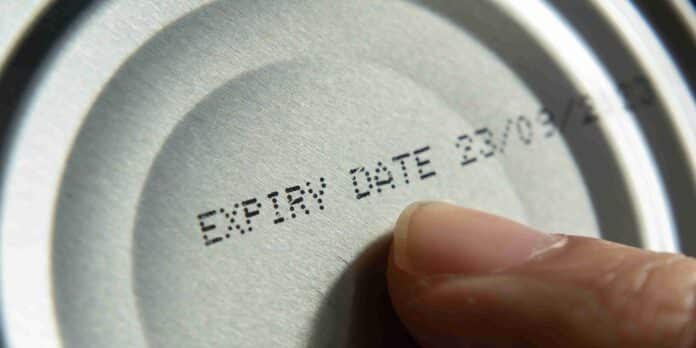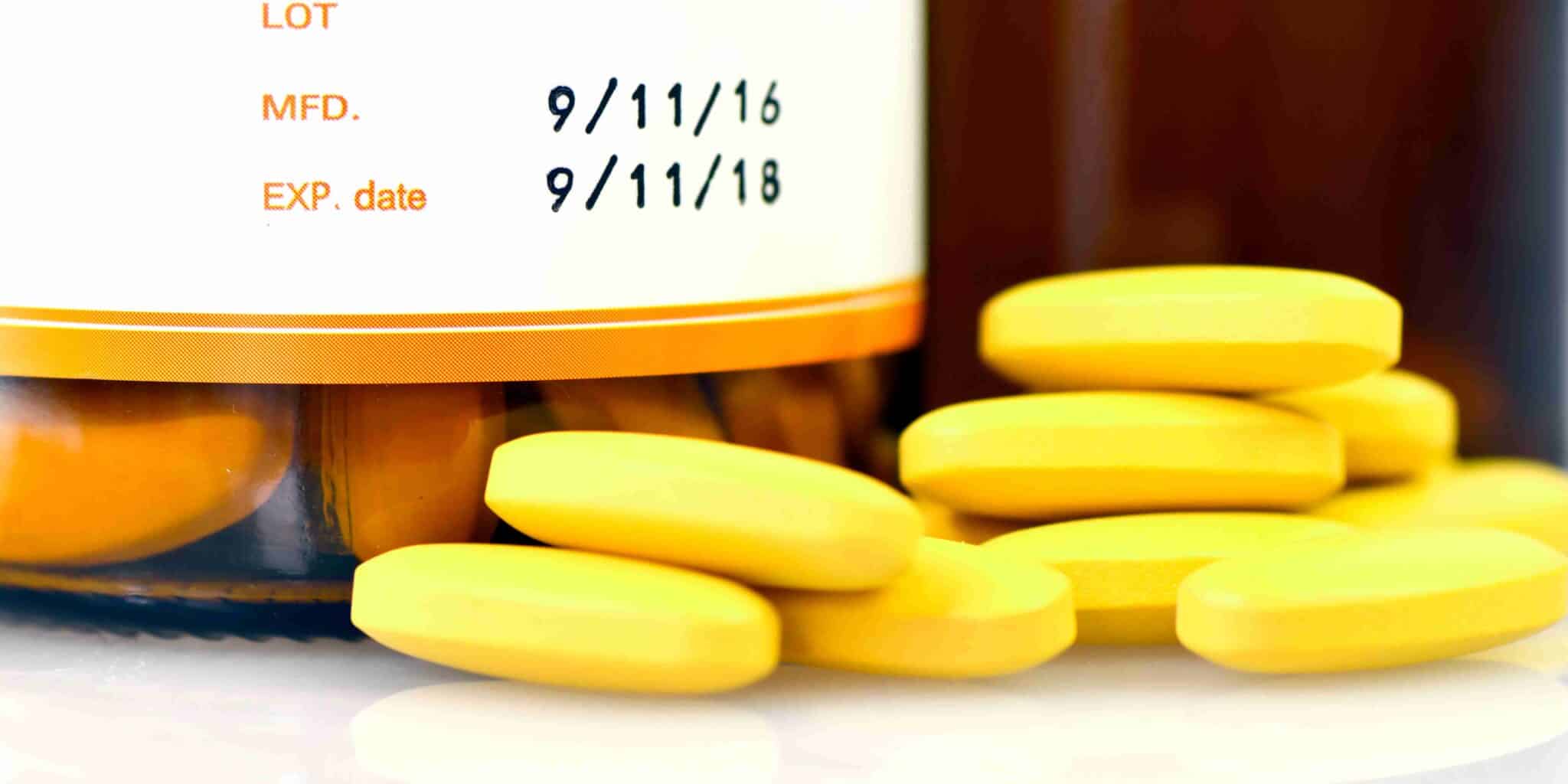An expiry date is a crucial indicator of food quality and safety, especially in the food and beverage industry. Ensuring that your ingredients are fresh and safe directly impacts customer satisfaction and the reputation of your business.
Imagine running a restaurant where food quality is never compromised because you have complete control over ingredient freshness. Monitoring expiry dates effectively helps prevent waste, avoid health risks, and maintain high-quality service for your customers.
Managing food inventory and tracking expiration dates manually can be time-consuming and prone to errors. HashMicro’s F&B Software provides automated expiry date tracking and efficient stock management, helping restaurants maintain top-quality standards effortlessly.
In this article, we will explore the importance of tracking expiry dates and its impact on your business. You’ll also discover how technology, such as F&B software, can simplify expiry date management and ensure the highest standards of food quality.
Key Takeaways
|
Table of Content:
Table of Content
What is the Expiry Date?
Usually, when you buy new products, you’ll find the “expiry date” printed somewhere on the packaging. The date is to inform you that the product will no longer be safe to consume or use after a certain point in time.
Typically it’s printed with a label that says “Use by,” “Expiration date,” “Best before,” or “Sell by.” Several factors cause expiration, such as temperature, light, and oxygen.
The following is a list of the advantages and explanations reasons why you should pay attention to the expiry date.
5 Reasons to Use Expiry Date for Product
1. Preventing food waste
Keeping an eye on the date of expiration will prevent you from wasting products while at the same time ensuring that your finances stay in good shape and don’t suffer a loss. However, most people forget the exact expiration date of the products they use.
Either that or they are unaware of what the terms “sell-by,” “use-by,” or “use-before” mean, which leads to the products being unused and eventually thrown away. Knowing the expiration date can prevent food waste, and so is using the F&B software.
You no longer need to worry about your kitchen stock. F&B software’s expiration date management is the best way to control kitchen inventory, especially food quality.
Its FEFO and FIFO features will simplify real-time stock-taking and inventory allocation. Using it will ensure you use the oldest products, reducing waste.
Also read: The Food and Beverage Industry in Singapore
2. Maintaining good quality
The expiration date helps prevent product waste and maintain product quality. Near-expiration products will either have a bad taste or make people sick. But if you serve high-quality products, your customers will enjoy the taste and freshness of the products you use.
Because of this, you should seriously consider making use of the F&B software, which will enable you to automatically block the sale of any products that are expired. With the software, it is possible to monitor the quantity currently available and the quality of the items.
3. Tackling customer issues
When you do not monitor when the products you use reach their expiration date, the quality of the products that you serve is suffering as a result.
And when you serve those bad quality products to customers, new customer issues will occur such as complaints, a poor reputation, or, even worse, legal action may be taken against your restaurant’s business if you continue to act in this manner.
Therefore, it’s important to check the expiration date to serve your customers high-quality food.
4. A good level of food safety.
Expiration dates are essential for ensuring that customers will always consume good quality and safe-to-use products. However, this is the one thing that is consistently most people don’t pay attention to.
According to the study by Karsten Hansen et al., consumers don’t pay much attention to expiration dates: nearly half of the time, they buy an older item instead when a newer one is on the shelf for the same price, and customers tend to just move the items around, increasing the number of people who choose the oldest by 24% points.
By keeping an eye on the expiration dates you also are helping to protect the safety of the customers.
5. Keep the good reputation of the company
If there is a case in which it was revealed that major chain stores had been altering or removing the food labels of products that were no longer in production, this would be a violation of the law, and need to take legal action against those stores.
As a consequence of this, it might harm the reputation of your company and suffering a great loss. Therefore, utilizing automated F&B Systems that track the date of expiration is a better preventative action to take.
How to Read Expiry Date
There are two ways to know the expiry date of a product. 1) “open dates,” intended for the consumer or stockers at the store. 2) and “closed codes,” intended for manufacturers rather than consumers. Here is more explanation on how to read these two types of expiration dates;
1. Open date codes
Open date codes use a standard time or a date from a calendar. You can find the date on the package that says “use by,” “sell by,” or “best by.” To find the expiry date information you may check the bottom of the product, the sides of the container, the lid, the necks of bottles, etc.
Generally, a product only lasts for 30 months, after you open them, it’s best to use them within a year. However, on certain products, if they don’t smell bad or change consistency, you can decide for yourself if you want to keep using them.
- “Best if used by” or “use before”. This type of expiration date is a suggestion for the best flavor or quality. Remember that, it’s not a buy or sell date. The best-by date is for consumers. However, it doesn’t mean the food, medication, or beauty product will go bad after the date. It just means the item will be freshest or most effective by that date.
- “Sell-by”. This date tells the store how long to sell a product. You should purchase the item before this date’s expiration. You can safely eat food 7-10 days past the sell-by date, but most retailers will want to move it off the shelves to make room for new shipments. Medicines and cosmetics don’t have sell-by dates unless they contain fresh ingredients.
- The ” Use-by ” date means you should consume it no later than that day to ensure the highest quality. When it’s written with “use-by” dates on food, cosmetics, and medicines, it doesn’t indicate that they are no longer safe to use. But it may be different for food, you must be extra careful because it may have already become stale. Meanwhile, as for other products, it means that the item’s usefulness may have decreased since the specified date.
In addition, you still can use and store products past their expiration date, but their quality may taste bad. Also, sometimes the printed date is the production date, so you must do some math to estimate shelf life.
2. Closed or coded dating
A closed code that requires a unique deciphering key. And the consumers should read it as the “made/manufactured on” date. You can find a code consisting of a combination of letters and numbers or just numbers on the packaging of a lot of beauty products and canned goods.
If the code doesn’t use any phrases such as “use by,” “sell by,” or “best by,” then it indicates the date that the product was manufactured.
The closed code can manifest itself in a few different ways, depending on the context. You can follow these instructions, but they will differ according to the number of digits on the code and whether or not a first character is a number or a letter. For instance;
- The MMDDYY format with six digits is by far the most common one for closed labels. The MMDDYY format refers to the first two digits typically representing the month, the next two are a date, and the last two digits are the year. For example, 120723 refers to the 7th of December in 2023. The DDMMYY format refers to Day, Month, and Year.
- The letter format represents the months. If the code that you are reading contains a letter, you can determine the month by using the letters A through L, starting with January (A), moving on to February (B), March (C), and so on. If you read the numbers that come after the letter, they will tell you the month and year that the product was manufactured. For example, it’s written with A0523, which means January 5th, 2023.
Also read: Benefits of Hash ERP Systems for the F&B Business Singapore
Conclusion
Learning the expiry date of perishable products, understanding product sell-by, and use-by dates, and making better use of leftovers and ingredients on hand could be advantageous to business owners.
These can be preventative ways to reduce food waste and maintain a high level of safety and quality in a restaurant business. As an owner of a restaurant business, you can achieve that by utilizing F&B software.
The app is a cloud-based system with an Internet of Things (IoT) feature that will help you streamline restaurant management, from table reservations, price, promotions, and menu updates, to monitoring the expiry date of stocks.
The FIFO and FEFO tools provide you with real-time inventory data to predict ingredient use and automatic stock repurchases for just-in-time stock. Learn more about the Hash F&B technology software by contacting us to know how much the software costs or consult with us to try the free demo right now.




































